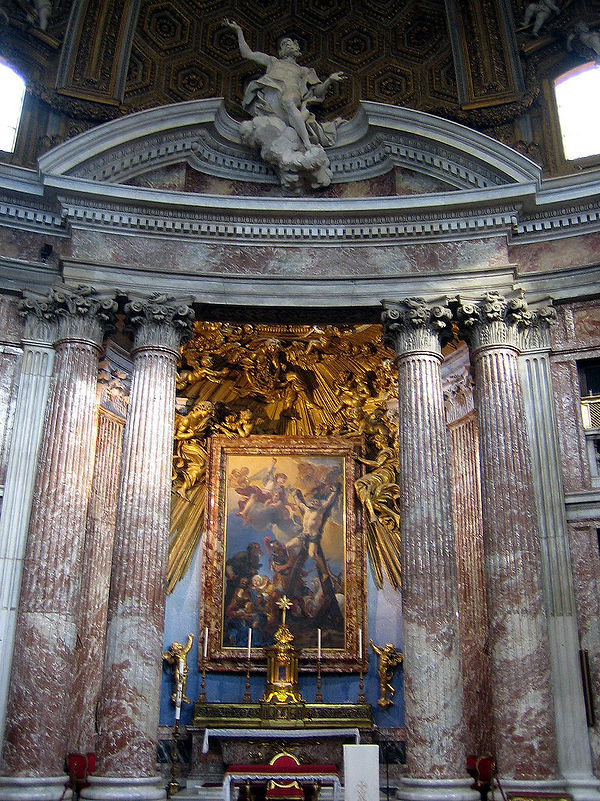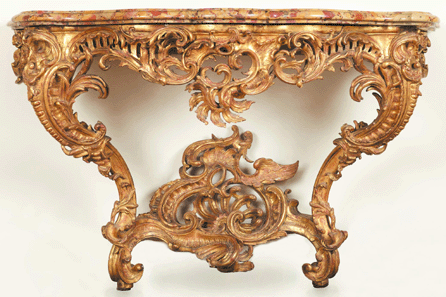<A>
Crouching Venus of the Louvre (Coysevox): *
The pose is a variant on the popular crouching theme; according to a model of Coysevox, the figure is inspired by the antique of the Medici collection in Rome. The statue was copied in bronze in 1688 by the founder Vinache.
.jpg)

<B>
Classical Venus crouching of the Vatican (Apollonian)
The Lely Venus is a marble statue of the crouching Venus type. It is a copy of a Hellenistic original by Doidalses of Bithynia and dates from the Antonine period.




<C>
Staccato: *
In musical terminology, tempo ("time" in Italian) is the speed or pace of a given piece. In classical music, tempo is typically indicated with an instruction at the start of a piece (often using conventional Italian terms) and is usually measured in beats per minute. In classical music it is customary to describe the tempo of a piece by one or more words, most commonly in Italian. Italian is typically used because it was the language of most composers during the time these descriptions became commonplace
<D>
Bernini (his architecture): *
dome with lantern Sant'Andrea al Quirinale Main altar - Sant'Andrea al Quirinale

the piazza and colonnade in front of St. Peter's


<E>
curved furniture: *
Rococo (the final expression of the Baroque) was an ornamental & theatrical style of interior decoration characterised by its asymmetry, scrolling curves, gilding, white and pastel colours, sculpted molding & trompe l'oeil (optical illusion) frescoes, aimed at creating illusions of surprise, motion & drama; it first appeared in France & Italy between 1710-50 (during the regency & reign of Louis XV) as a reaction against the formal & geometric style of Louis XIV. It spread to Central Europe (especially Austria & Germany) in the 1750s & 1760s. In the interiors of new Paris salons, the twisting and winding designs, usually made of gilded or painted stucco, wound around the doorways & mirrors like vines. It would influence sculpture, furniture, silverware & glassware, painting, music & theatre. Rococo brought aesthetic changes. Baroque was sombre, used gold excessively, employed dark colours, dramatic shadows & serious themes (not surprising as it is associated with the Counter Reformation & the rise of the great absolutist monarchs). Architectural features like columns were used reflecting classical strength. Legs were thick & strong. Decorations might be ornate & spiralling but also logical & symmetrical. Its furniture was opulent, grounded & sturdy, ornate, regal & symmetrical. In contrast, Rococo is a style of aristocracy (not monarchy); it remained ornate & opulent with gilding & silver-plating, however the colour palate is lighter. Baroque furniture used dark woods & serious dark colours to convey drama. Rococo furniture made use of lighter woods & pastel colours, creating softer, airier aesthetics. It featured much thinner legs, relying on an s-like curve called the cabriole leg (modelled after the leg of an animal, an organic motif). While Baroque focused on architectural motifs (columns), the Rococo utilized organic vines, leaves, flowers, seashells, all natural forms. The most striking difference is Rococo’s rejection of symmetry (reflecting control, regulation, a sense of order) in favour of asymmetrical design, giving an air of aimless whimsy. Its furniture, is asymmetrical, with organic designs running along gilded legs, armrests and backs

An elaborately decorated gilt wood and marble console table, circa 1735?0, was made in Paris by an unknown artist.
<F>
shepherdesses in verse & porcelain: *
A good quality late 18th century Staffordshire pottery Ralph Wood type group of shepherds, seated on a rocky mound base, with a seated dog at their side & sheep & goat on the base. Earthenware decorated with overglaze colours. 1785 Engla
